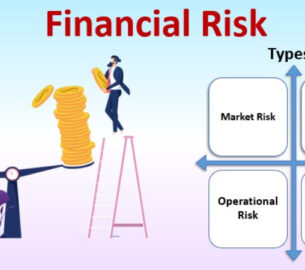If you go to apply for a loan or credit card, you may be asked a lot of security questions. And it may not be because someone stole your identity and are using it to buy things. It may be because they are using it for another identity, either real or fictitious, and buying things or stealing with it.
For example, you may work for years for a company. And meanwhile, social security is being reported to your social security number. However, if the number shows up under someone else’s name and not yours, you may have a difficult time trying to collect what you’ve worked so long and hard to build up for yourself when it comes to retirement years.
This type of crime happens, often. In fact up to 90 percent of identity theft cases that are reported are suspected to be synthetic ID fraud, as reported in an article entitled, “Synthetic ID Theft Uses Social Security Numbers,” by Ric Romero; June 19, 2007 (KABC-TV) abclocal.go.com.
Plus synthetic fraud is said to be more difficult to track down than other types of identity theft where a person assumes your identity, because the theft is actually tied in to a different name – sometimes a fictitious entity – making illegal activities more difficult to detect – -even taking years to do so.
Criminals using this type of ID theft use your information to establish financial accounts (bank accounts, loans, credit cards) and even get employment in other names. So cutting through the maze of documents and identity info to match it up right can take quite a while.
What happens is that when a company searches your credit bureau, they go by your name primary; your social security number is secondary. When the illegal activity takes place, it’s not in your name, so the records don’t usually show up on your credit bureau since the names are mismatched. But your number could show up when the other names being used are checked out, often linked with criminal checks.
Know More About : What Is A Credit Card And How Does It Work?












